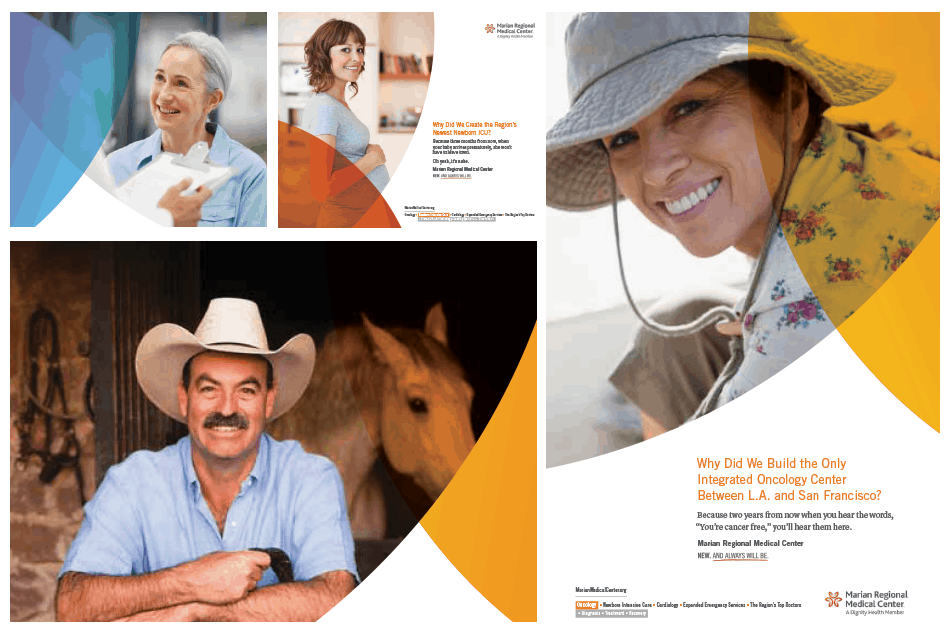In recent years, the landscape of communication has undergone a seismic shift, driven by the rise of artificial intelligence (AI) and a notable decline in trust towards legacy news media. As AI technologies become increasingly capable of generating content, the implications for communications professionals are profound and multifaceted.
The Rise of AI in Content Creation
AI has transformed how we produce and consume information. Tools like natural language processing and machine learning enable AI to create articles, reports, and even creative writing with remarkable efficiency and accuracy. This democratization of content creation means that anyone with access to AI can generate high-quality material, blurring the lines between professional journalism and amateur content.
Benefits of AI in Communication
Speed and Efficiency: AI can analyze vast amounts of data and produce content in seconds, allowing for real-time reporting and updates.
Personalization: AI algorithms can tailor content to individual preferences, enhancing user engagement and satisfaction.
Cost-Effectiveness: Organizations can reduce costs associated with content production, reallocating resources to other critical areas.
However, this rapid advancement also raises concerns about quality, authenticity, and the potential for misinformation.
Declining Trust in Legacy Media
As AI-generated content becomes more prevalent, trust in traditional news outlets has waned. Factors contributing to this decline include:
Perceived Bias: Many consumers believe that legacy media outlets have inherent biases, leading to skepticism about their reporting.
Misinformation: The rise of fake news and sensationalism has eroded public confidence in the accuracy of information disseminated by established media.
Alternative Sources: Social media and independent platforms provide alternative narratives, often bypassing traditional gatekeepers and allowing for a wider range of voices.
The above distillation of the challenges facing communicators in today’s rapidly evolving landscape was written in seconds by the free-to-use Microsoft Copilot based on my one-paragraph prompt. I didn’t make a single edit. (It went on, but you get the idea.)
Besides hitting the mark, this AI-generated copy highlights that the talented people at our communications and marketing agency shouldn’t be spending our time creating things that AI can do nearly as well and much, much faster.
Our clients will soon have the keys to the car. They won’t need us to drive them anymore.
Sure, humans will still be needed to proof content, check for accuracy, ensure it’s on message, and refine it (at least the AI prompts, if not the output).
When it comes to creativity, AI is not ready for prime time – as this year’s cringey AI-produced Coke Christmas ad showed – and it’s been shown perpetuate racist stereotypes and bias.
But it’s going to get better and take over more and more roles that once required the human touch.
How can communications and marketing professionals avoid becoming this century’s version of the Luddites, the 19th century textile workers who smashed the mechanized looming frames they knew would make their skills obsolete?
This raises two questions:
- What valuable communications and marketing tasks can AI not do today – or ever?
- What strategies will cut through the fast-rising flood of unreliable, inaccurate content that’s drowning audiences in a sea of junk?
The answer to both questions is the same, and surprisingly simple. We must focus more on what humans have been doing since the dawn of time: communicate in person.
People crave connections and trust, especially in a world where digital interactions are increasingly mediated by algorithms and bots. The election highlighted that the “broadcast” model is dying as people increasingly rely on friends and families for trusted info on pressing issues.
AI can only fake empathy. AI can’t sit across from someone and react naturally and with genuine understanding and concern.
By focusing on human-centered strategies, we can cultivate meaningful relationships with audiences, understanding their unique needs, values, and aspirations by actually getting to know them.
Long before digital networks, societies were built with people networks. People naturally come together and organize to bring solutions to societies’ biggest challenges.
Established relationships and trust power human networks, with influential people or organizations serving as the connectors.
Our community engagement initiatives allow us to tap into the collective wisdom and spirit of the communities we serve, creating campaigns that resonate on a deeper, more personal level, and leverage these organic networks to authentically reach our key audiences where they are.
The trust and loyalty we build through genuine human interactions are irreplaceable and invaluable.
The phone call, the meeting over coffee, the community meeting. Inefficient? Yes. Irreplaceable? Absolutely.
Mapping out how communities are connected, identifying the trusted messengers, authentically energizing these networks, and co-creating solutions with them provides the playbook for creating sustainable behavior and systems change.
Communications 3.0 is really a return to communications 1.0, minus the fax machine.
Relationships are key and they’re developed the old-fashioned way: meaningful connections built on trust, reputation and expertise. In other words, there are no short cuts.
Pick up the phone. Get out of the office. Replace that video conference with an in-person discussion.
That’s the guiding philosophy of SE2 PowerMap™ . We activate community networks to tackle urgent public challenges. Our strength is our relationships with diverse community connectors. We build those, nurture them, and map them. We are partners, united in our belief of people-powered solutions are the future, not AI.
When these people share their insights, credibility and trust, we can achieve the extraordinary.

About the Author:
Eric Anderson (he/him) began his career as a newspaper reporter in Washington, D.C., Hong Kong, and Denver before co-founding SE2 in 1998. He has helped guide marketing and communications campaigns on some of the era’s most pressing issues, from public health to education to the environment. He lives in Englewood, Colorado with his wife, Amber. Together they have four adult children, two dogs, and one cat.





